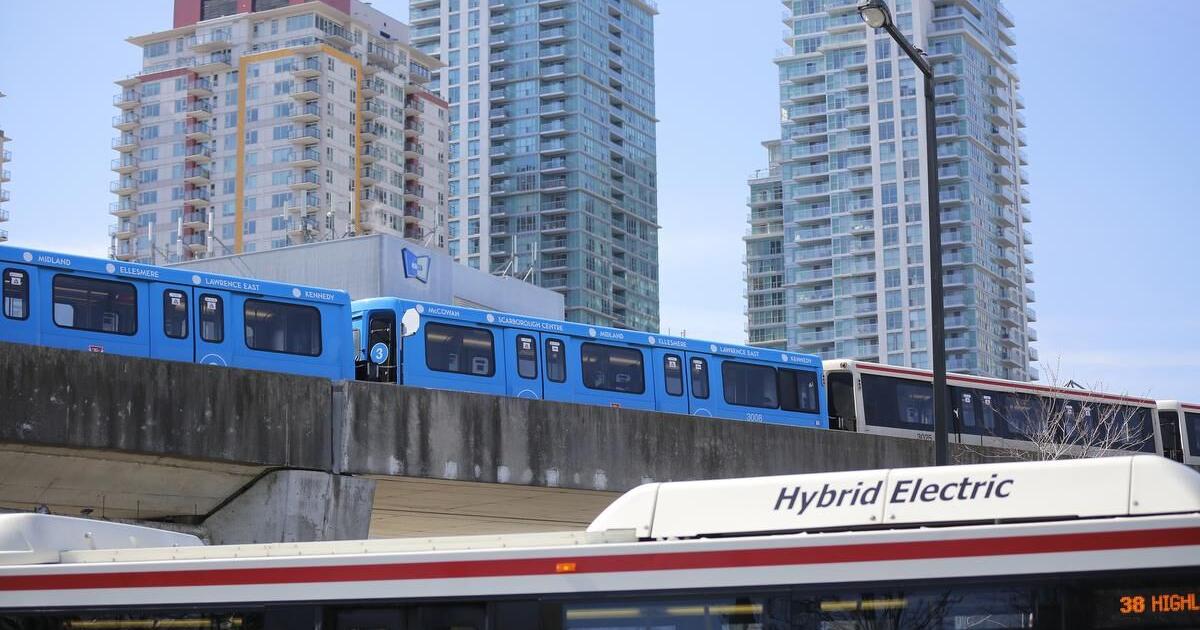I‘ve seen it myself in Regent Park, where through desegregation a crime-ridden no go zone has become a wonderful community for people of all backgrounds. I count amongst my own friends several Regent residents.
......
And perhaps the success with Regent Park shows us the path on how to fix racialized segregation and its crime issues. That fix could be focused on bringing different people from different socioeconomic and cultural backgrounds into these areas. This would be a novel approach, as most desegregation campaigns focus on moving people from the segregated community into what’s considered the mainstream or affluent area, but why not do it the other way round as well, like in Regent Park?
No racism intended.
No racism perceived. I think this is an astute and entirely reasonable observation.
But I also think it goes beyond 'mixed income' areas unto themselves.
It goes to a variety of questions;
For instance, we know that while some rich kids commit serious crimes, particularly in violence, it is less common.
That is partly a function of the culture of the area/fellow students in which one is raised; but I think the more correlative link is education, which also tends to correlate w/wealth.
There are a slew of reasons for this, money being one key one, but hardly the only one. Parental expectation, systemic expectation, academic supports, parental supports etc etc. So many contributing factors.
The virtue in mixed income communities unfolds from kids from low-income households exposed and connected to kids from higher income ones; and at least as important, the amenities and services in that community now have to service a more demanding and influential group (higher income earners) yet also be available to lower-income earners.
I agree with moving towards more mixed income communities; though that isn't equally easy in all areas, as the market-attractiveness of a Jane-Finch or Rexdale is not the same as an area walking distance to downtown Toronto.
Still, its a good place to go forward from, in one respect.
****
That said, I think there's a good deal in that report that you didn't look over or provide adequate credit too.
Its important to ask why some minorities have fewer challenges and some moreso.
its important to acknowledge discrimination in different forms continues to exist.
Some is conscious, some is systemic; and then there are other issues that aren't conventionally seen as discriminatory but which clearly impact outcomes.
All of these merit examination; and some solutions are discussed in the report, albeit in a cursory and limited fashion.







